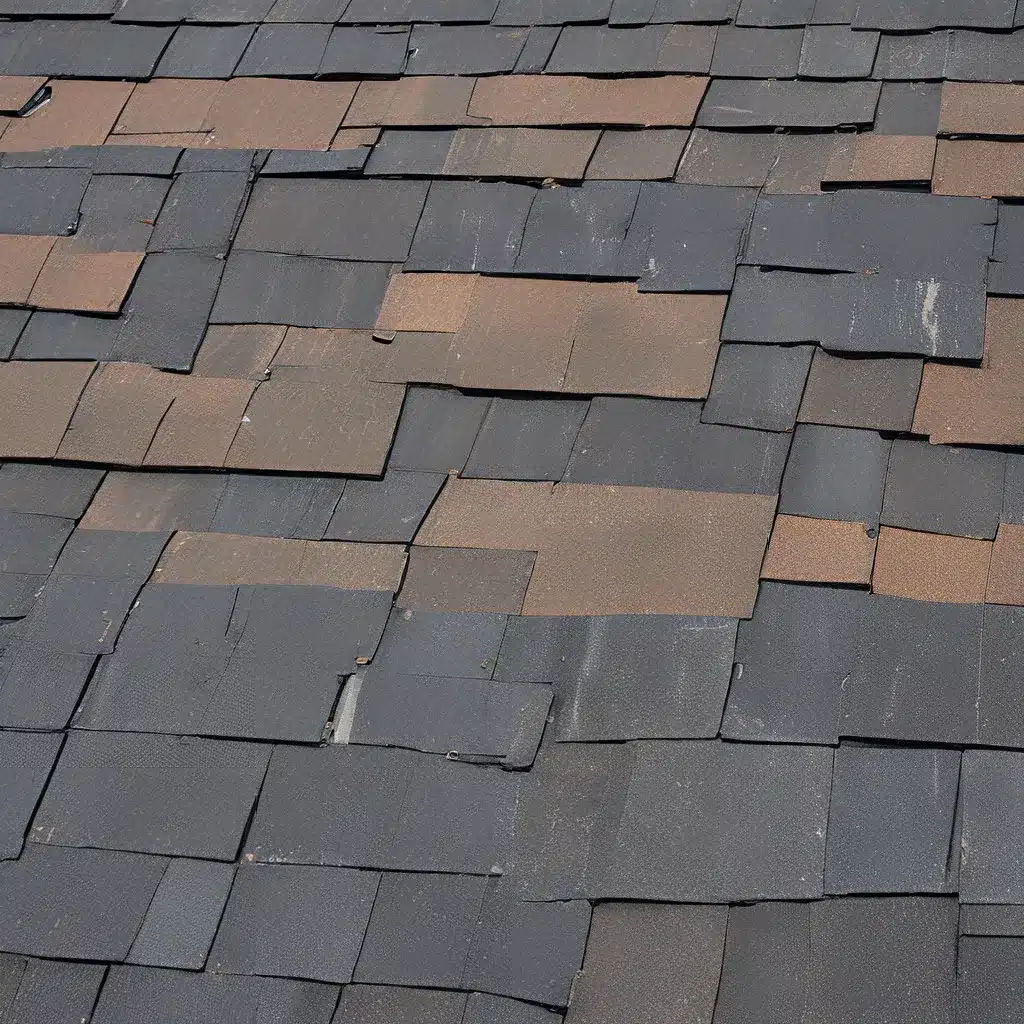
Folks, let me tell you – the world of roofing is undergoing a green revolution that’s shaping the future of our built environment. It’s no longer just about keeping the rain out and the heat in; this is a transformative shift that’s tackling climate change, beautifying our cities, and giving us healthier spaces to live and work.
I’ve been fascinated by this topic for a while now, and let me just say – the numbers are mind-blowing. Did you know that the North American green roof industry grew by an estimated 10% in 2016 alone? And get this – in Washington D.C., the amount of green roofing jumped from 23 million square feet in 2016 to a whopping 51 million square feet in 2020. That’s a massive change in just a few short years!
From Niche to Booming Industry
But what’s really driving this green roofing renaissance? Well, folks, it all comes down to sustainability and the growing demand for eco-friendly solutions. These “green roofs” – also known as sky gardens, vegetative roofs, or living roofs – use vegetation over a waterproofing membrane to partially or completely cover the roof. And get this – they’re not just good for the environment, they’re also great for our wallets!
The numbers speak for themselves: a study found that green roofs can improve the efficiency of solar panels by an average of 39 kilowatts per day. That’s a 24% increase in energy output compared to a conventional roof system. And the financial benefits don’t stop there – green roofs can also reduce a building’s energy use by up to 7%, leading to annual savings of 23 cents per square foot.
But it’s not just about the money, my friends. Green roofs are also transforming the way we experience our built environment. Hospitals are installing them to promote mental health and well-being, based on the idea of “biophilia” – the hypothesis that humans have an innate instinct to connect with nature. And get this – school districts are even getting in on the action, seeking LEED certification for their new and remodeled buildings and incorporating green roofs.
The Two Faces of Green Roofs
Now, when it comes to green roofs, there are two main types: extensive and intensive. Extensive green roofs are the lightweight, low-maintenance variety, with around 3 to 6 inches of depth and 10 to 25 pounds per square foot of vegetation. These are the kind that are “green on day one, very affordable, and easy to install and maintain,” as Vanessa Keitges, president and CEO of Columbia Green Technologies, puts it.
On the other end of the spectrum, you’ve got the intensive green roofs. These are the heavy-hitters, supporting around 80 to 150 pounds per square foot of vegetation and a whopping foot of depth. They require more frequent maintenance and often an irrigation system, but they can support a wider variety of plants, from grass to small trees, and retain more stormwater than their extensive counterparts.
But it’s not all sunshine and rainbows, my friends. There are some challenges to overcome when it comes to green roofs. The initial cost can be double that of a traditional roofing system, which often makes building owners hesitant to take the plunge. And let’s not forget the structural considerations – a building’s infrastructure needs to be able to support the weight of a green roof, especially the intensive variety.
Overcoming the Obstacles
But the roofing industry is rising to the challenge, with innovative solutions to make green roofing more accessible and user-friendly. Take SOPREMA’s SOPRANATURE TOUNDRA BOX, for example – an all-in-one modular pre-vegetated system that helps retain rainwater at the source and extends the life of the roof’s waterproofing system.
And the best part? There’s an opportunity for both contractors and landscapers to get in on the green roofing action. Keitges explains that the market is split 50/50 between the two – with contractors typically handling the more extensive, easy-to-install projects, and landscapers taking on the park-like, intensive green roof installations.
So, my fellow roof enthusiasts, the sustainable roofing revolution is in full swing, and it’s not slowing down anytime soon. From improving energy efficiency and stormwater management to promoting mental health and creating beautiful urban oases, green roofs are transforming the way we think about our built environment.
The Future is Green
But here’s the thing, folks – this green roofing renaissance isn’t just about the roofs themselves. It’s a wider shift in the industry, one that’s pushing us to rethink our relationship with the environment and the materials we use. Because let’s be real – we can’t have a truly sustainable roofing system if we’re not also addressing the environmental impact of the materials we’re using.
That’s why I believe the next step in this green revolution is for the environmental movement to make friends with the mining industry. Yep, you heard me right. Because the truth is, we’re going to need a whole lot of raw materials to power this transition to renewable energy and green building practices. And if we don’t figure out how to source those materials in a responsible, eco-friendly way, we’re just going to end up trading one set of environmental problems for another.
So, my friends, the future of roofing is green, but it’s also going to require some tough conversations and creative solutions. But I for one am excited to see where this journey takes us. Because when we start to think beyond the confines of our traditional roofing systems and embrace the principles of sustainability, the possibilities are truly limitless.
And you know what they say – the roof is just the beginning. So let’s get to work, shall we? Southern Roofing Co. is ready to help you take the first step towards a more sustainable future.